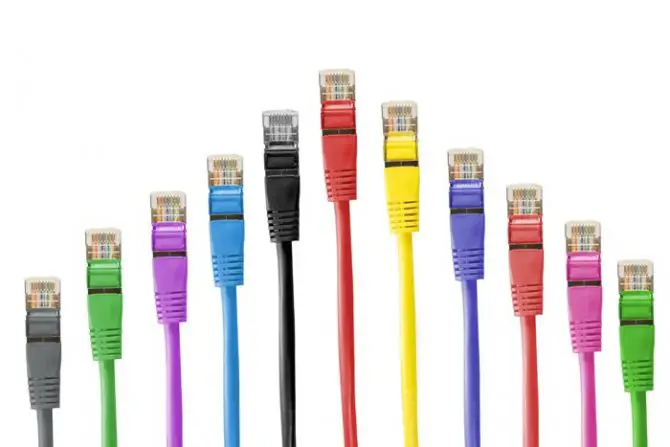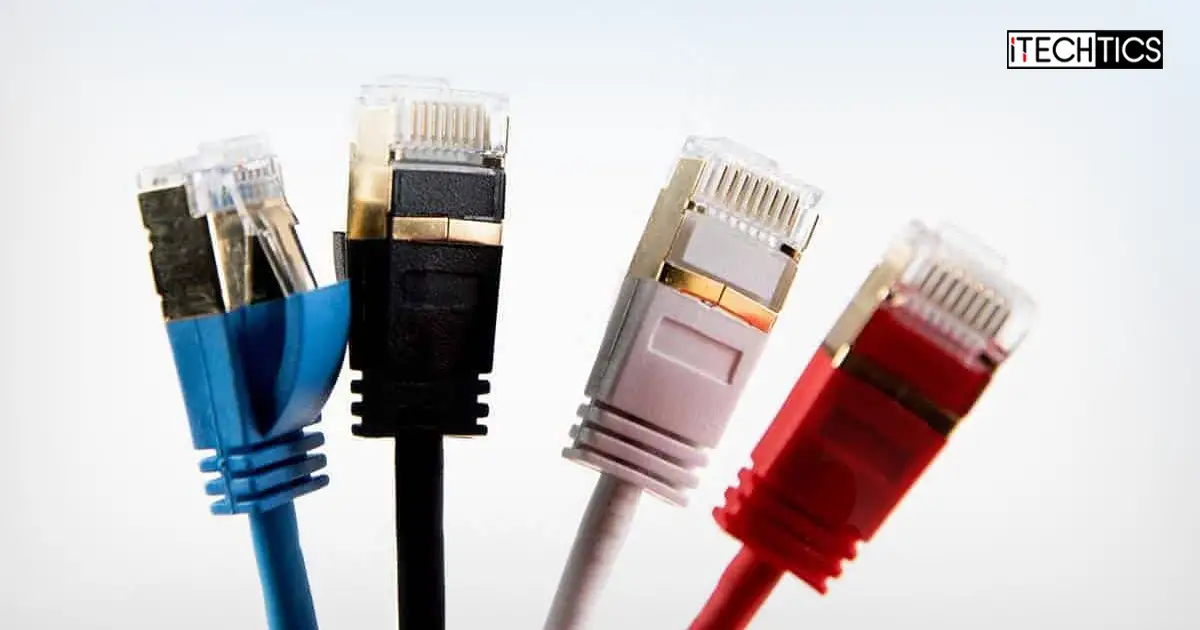Although there are a few methods and types of cables to connect computers together, including coaxial cable, fibre optic cable, twisted pair cable,the most common of all is the twisted pair cable. There are two types of twisted pair cables, shielded twisted pair cable (STP) and unshielded twisted pair cable (UTP). The only different between the two is the shield which minimizes interference and enables longer distance data traveling. There is no other functional difference between the two.

The twisted pair cables are divided into categories according to their speed and frequency. Let’s discuss about these categories and know their functional differences. After reading this, we will be able to figure out the best category cable to use in a specific environment.
Table of contents
Cat5
Cat5 (older and slower) is the oldest networking cable of all and has almost become obsolete these days. Cat5 is a multi-pair cable which uses on 2 pairs of cables out of a total of 4. It transmits at a frequency of 100 MHz, provides a speed of up to 100 Mbps and cable segment length of 100 meters maximum.
Cat5E (Enhanced)
Cat5e is an enhanced and improved version of cat5. The improvement was in noise reduction and signal interference. Both of these improvements means user will get faster and reliable speed than cat5 cable. Cat5e provides 1000 BASE-T speeds; it means it can handle 1 Gbps speed at a distance of up to 100m. Cat5e uses 4 pairs of copper wire and the pairs are twisted more tightly and enclosed in shielding to reduce interference.
Cat6
Cat6 is an improvement over cat5e. It has stricter specification for interference and has an internal separator that isolates pairs from each other. It uses thick gauge wire, more twisted pairs per inch, and increased shielding with reduced signal noise and interference. It provides 1000 BASE-T speeds and supports frequencies of up to 250MHz. Cat6 are also capable of 1000 Mbps speed over 100 m. Users can also get 10 Gbps speeds at length of 50 meters or less.
Cat6a (Augmented)
Cat6a cables improves on Cat6 standards and provides 10 Gbps speeds over 100 meters of distance which Cat6 fails to provide. Cat6a cables are thincker and less flexible than cat6 counterparts. They should be taken care of like fibre optic. Bending a Cat6a cable too much will break it. These cables are more expensive than all other category cables and should only be used when you require 10Gbps speeds over long distances.
Bottom Line
Here is all the information provided above in tabular form so that you can see and compare each category of twisted pair cables.
| Cat5 | Cat5e | Cat6 | Cat6a | |
| Speed | 100 Mbps | 1000 Mbps | 1 Gbps or 10 Gbps over 50m distance | 10 Gbps |
| Frequency | Up to 100MHz | Up to 100MHz | Up to 250Mhz | Up to 500MHz |
| Max cable length | 100 meters | 100 meters | 100 meters with 1Gbps or 50 meters with 10 Gbps | 100 meters |
| Performance | Adequate, great potential for interference | Less interference than cat5, but more interference than cat6 | SNR higher | |
| Conductor | 24-26 AWG wire | 22-24 AWG wire | 16-20 AWG wire |
For a normal network, Cat5e would be the best bet as normal office laptops and computers come with 1 Gbps network cards. And I would prefer Cat6 inside the server room or the datacenter which should make Cat6 cable run at 10 Gbps speeds as the distance will not cross 50 meters. For interconnecting branches and offices, I would prefer fiber optic cable instead of Cat6a as it would be much faster and would support much more distances than Cat6a. For now, I would prefer leaving Cat6a for future use only. What are your preferences and which network cables do you use the most?




